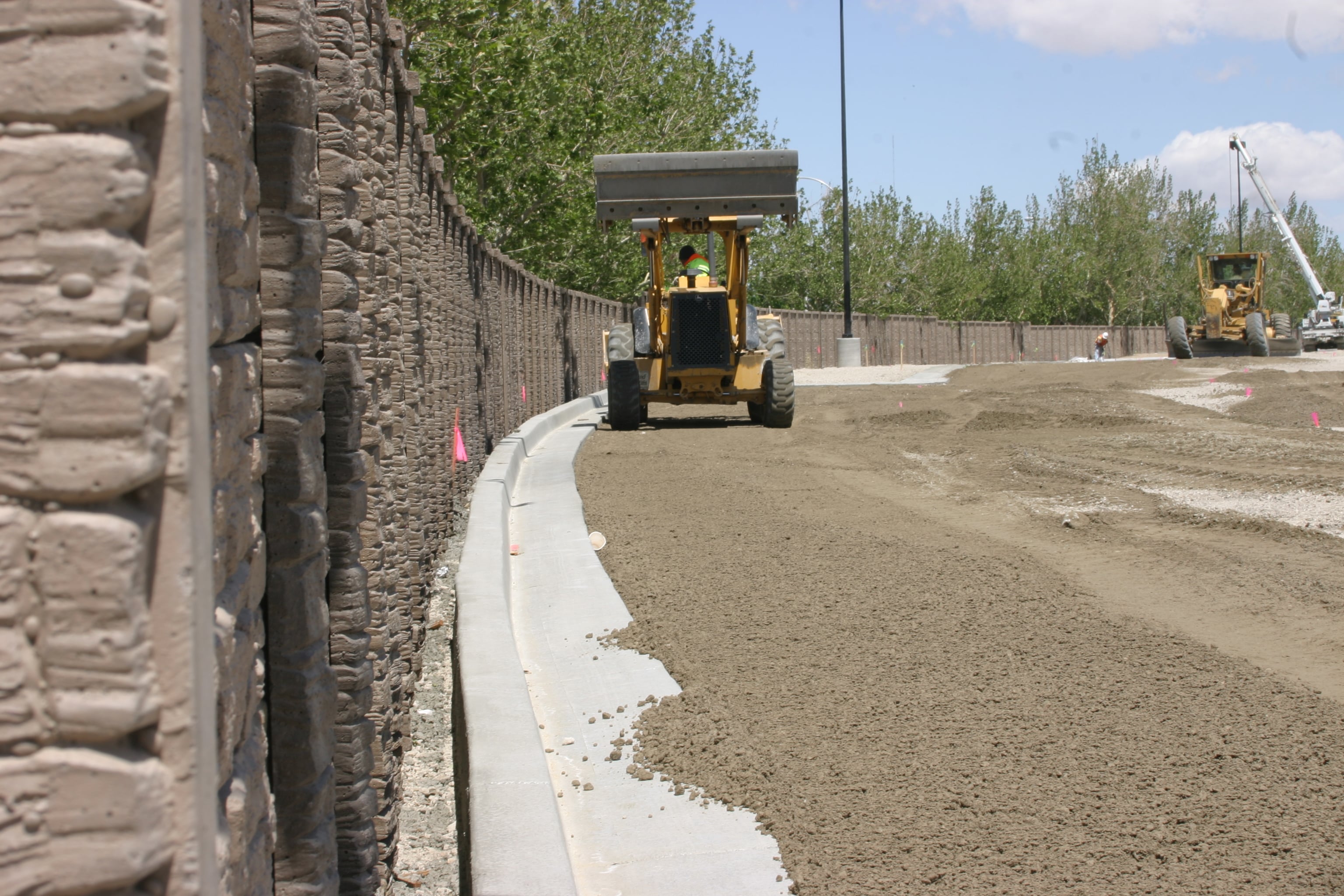2 min read
Why Choose Hilltop Concrete for Your 2026 Precast Concrete Fence Projects
As property owners, contractors, and developers plan ahead for 2026, durability, security, and efficiency are top...

As a premier concrete fence contractor, Hilltop Concrete is proud to provide full-turnkey services to all of our customers throughout the country. However, we also ship material only to a number of our customers nationwide. For those customers, we have often been asked how to install a concrete fence system. Those same customers are also pleased to find out how easy DIY installation can be. Below are the steps taken to install any of our precast concrete fence systems.
Kelly Smith: Jan 2, 2026
Kelly Smith: Dec 19, 2025
Kelly Smith: Dec 5, 2025
Be the first to know when we add new videos, blog posts and more.